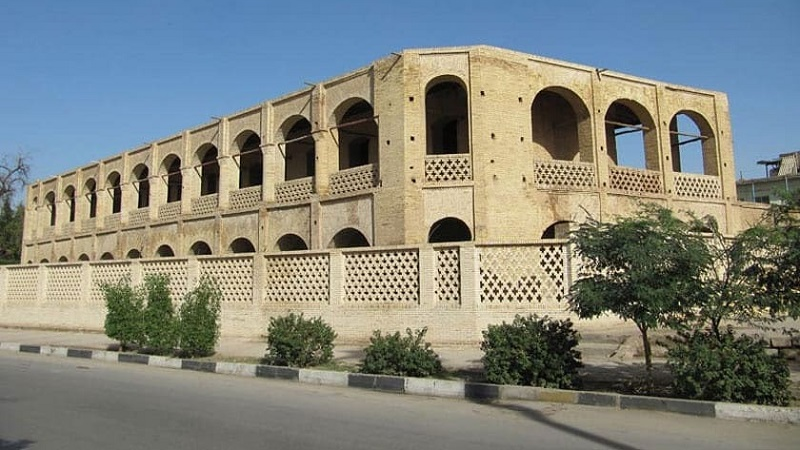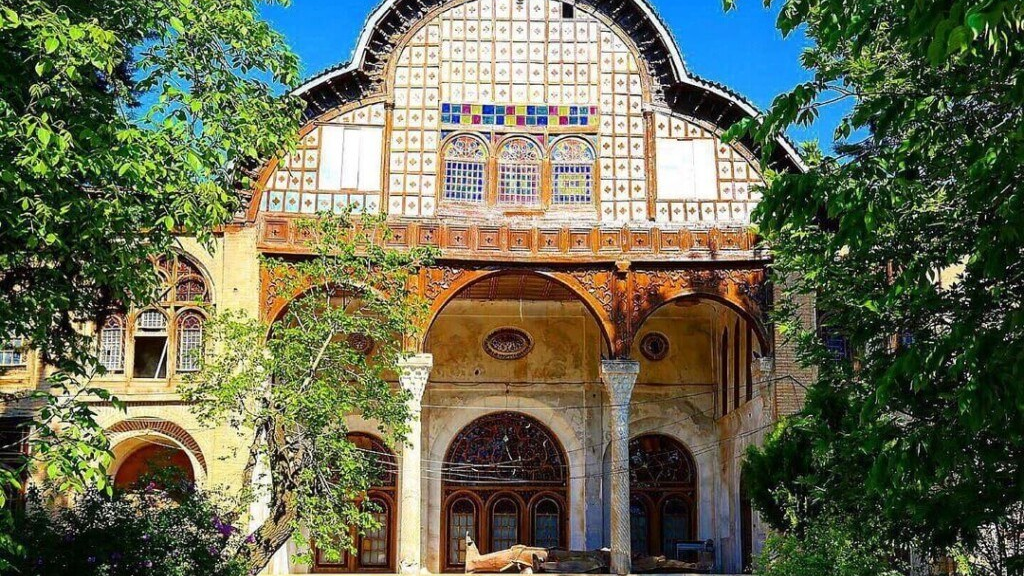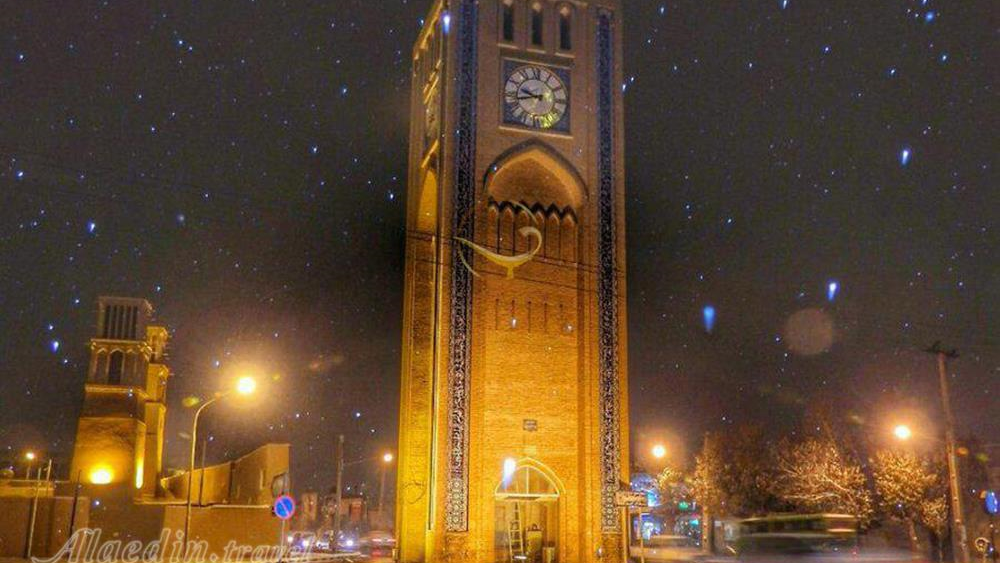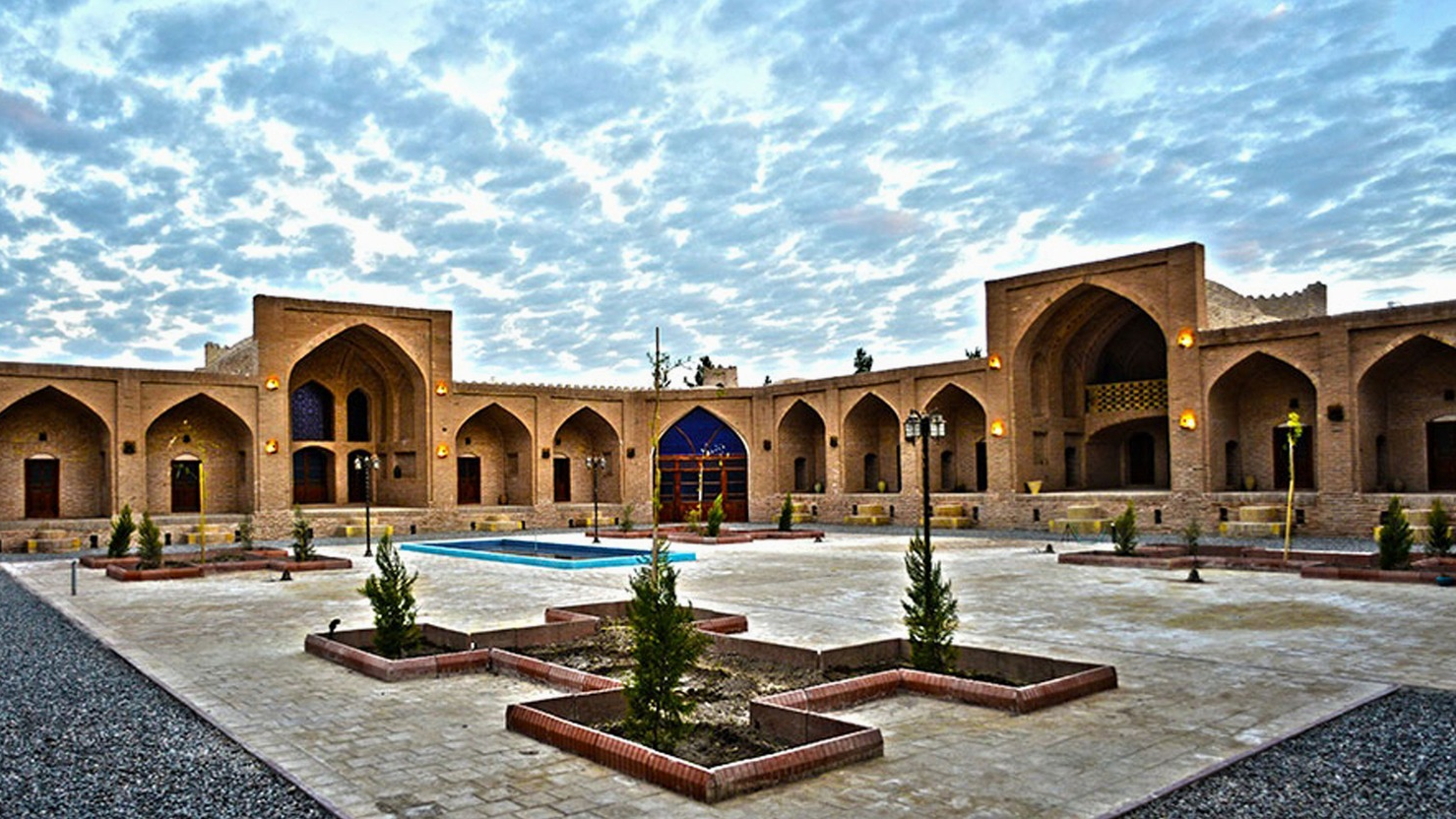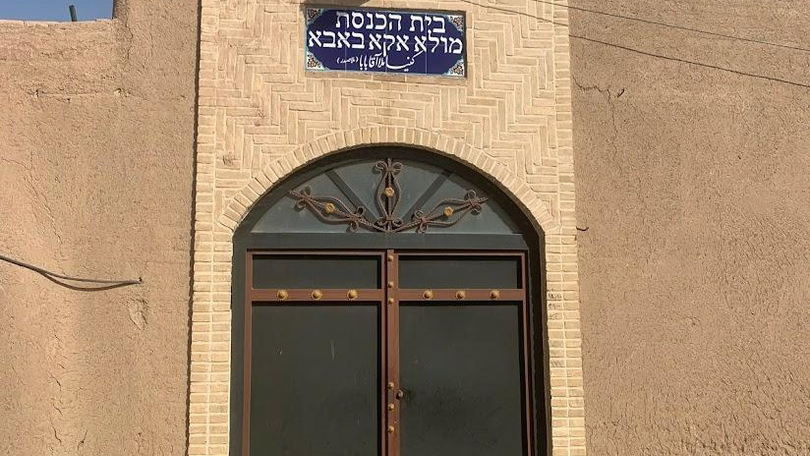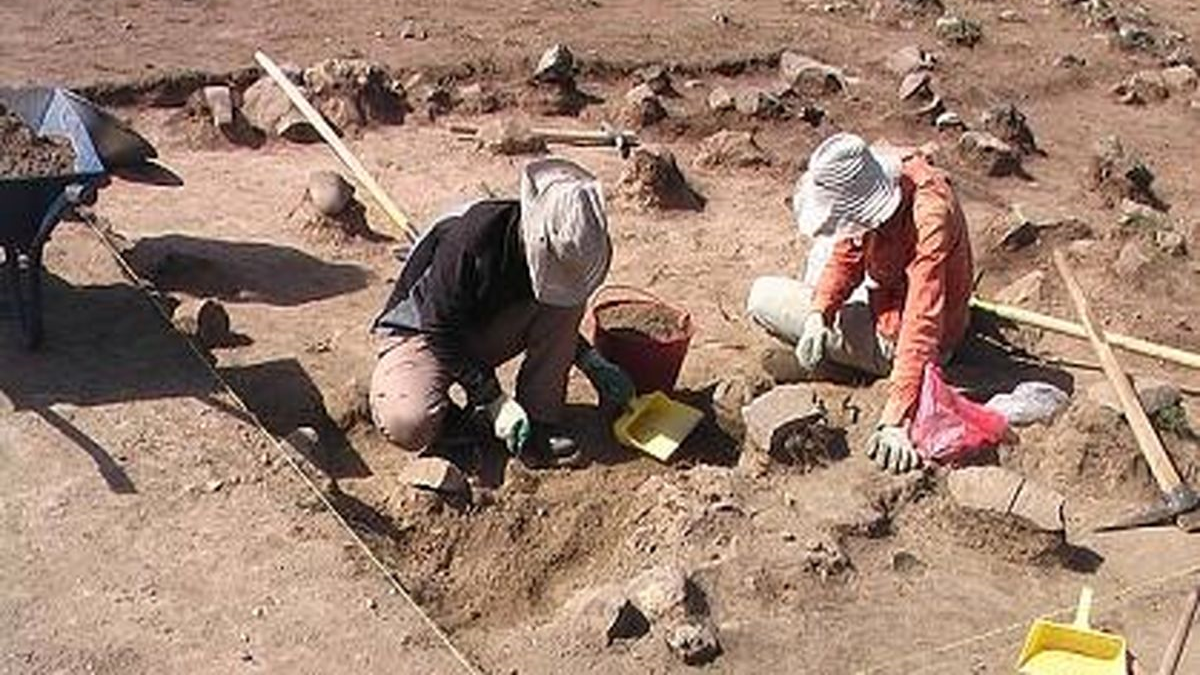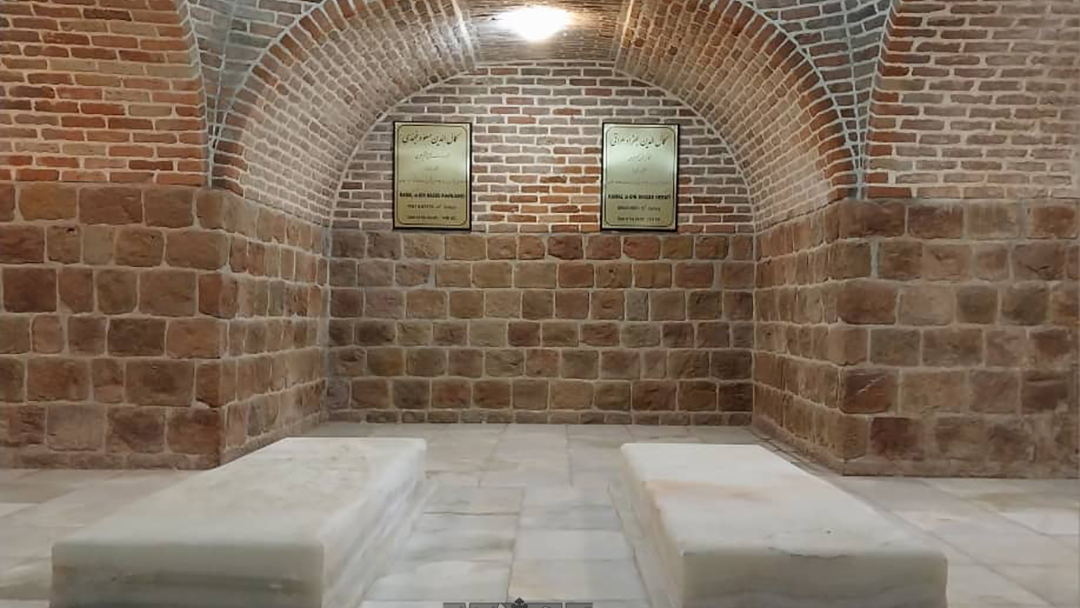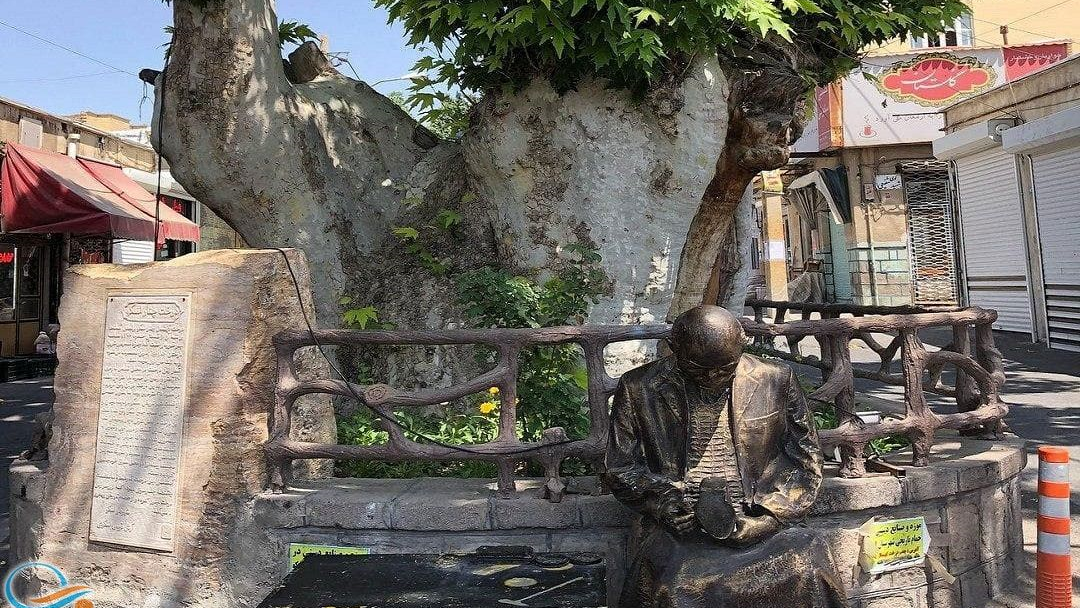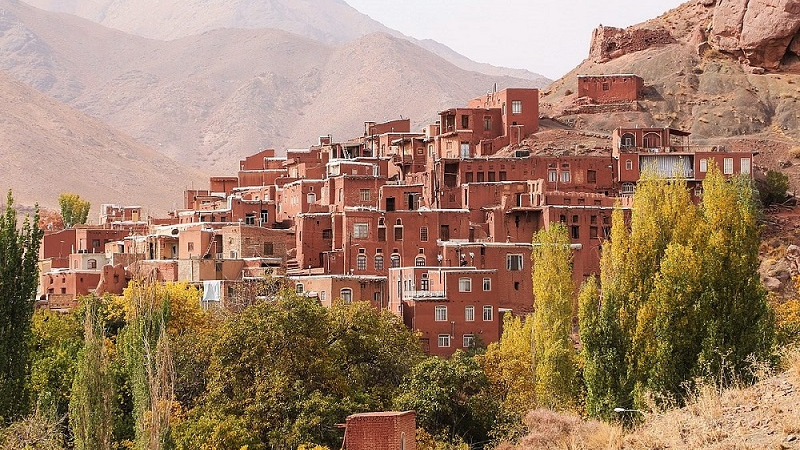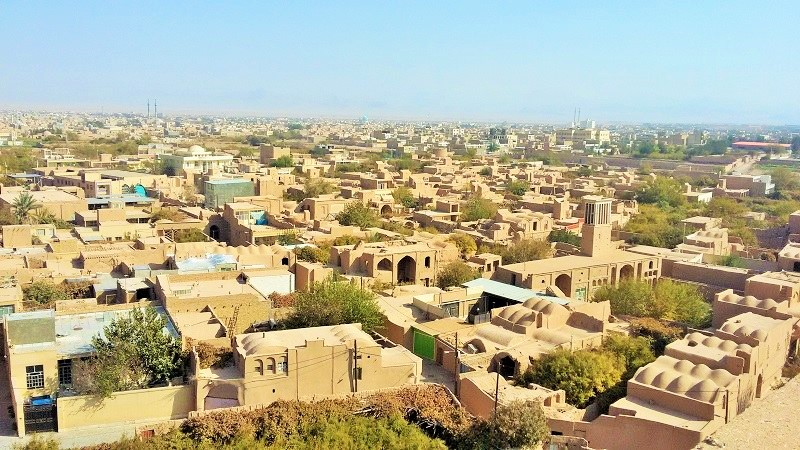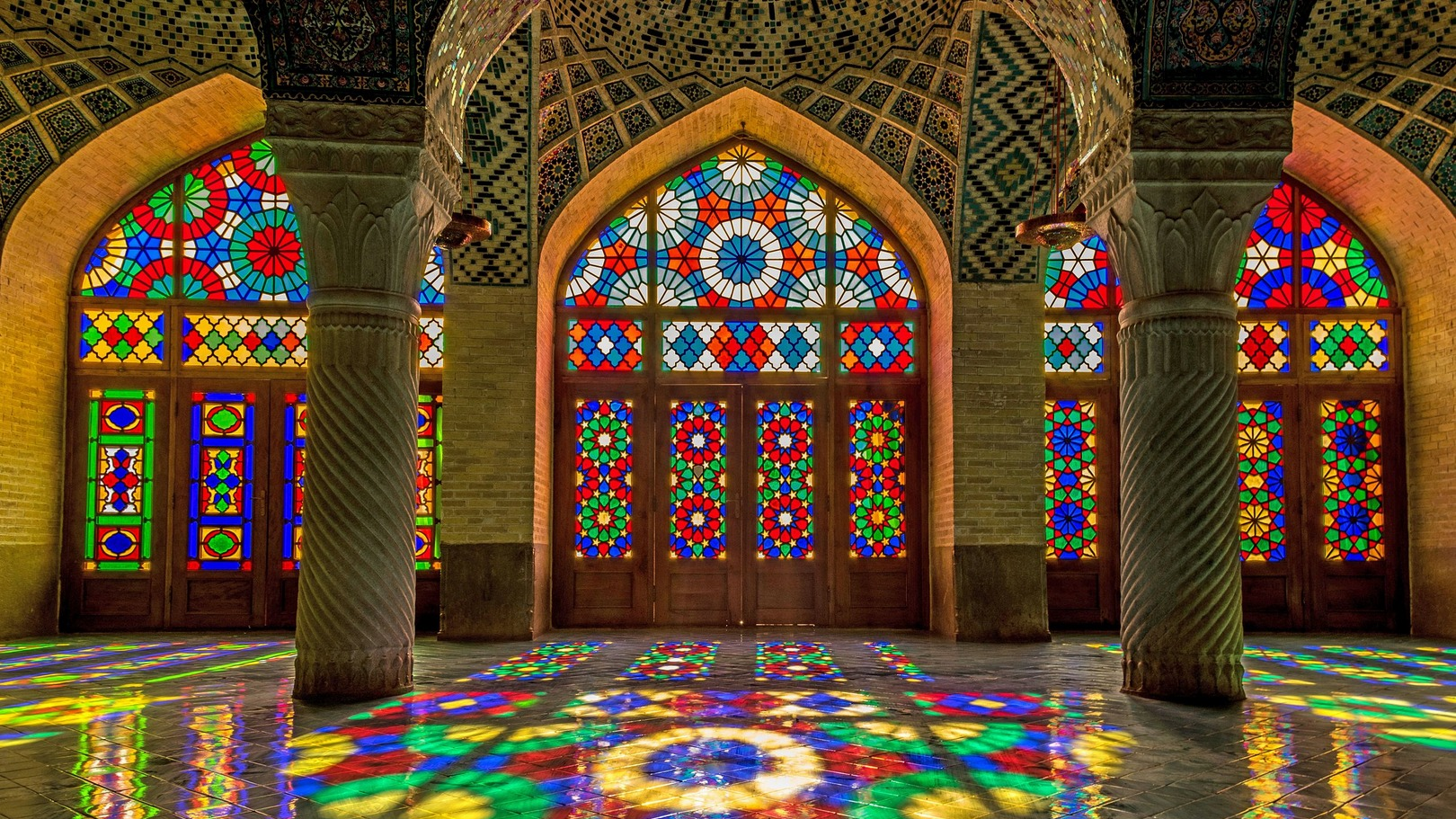
Tomb of Cyrus the Great
Cyrus the Great was the first king of the Achaemenid dynasty (550 BC to 330 BC). His ancestors ruled over the south and center of Iran for a long time but they were not independent rulers and had to recognize Median overlordship, in the sense that they were appointed and dismissed by the Medes.
Coming to Power of Cyrus the Great and the Establishment of Pasargad
Before coming to power of Cyrus the Great and the foundation of the Achaemenid rule, the Medes ruled Iran. The last king of this dynasty, Astyages, behaved inappropriately and oppressed the people. Cyrus the Great, who was then the ruler of Anshan (southern and southwestern regions of today’s Iran), rebelled against Astyages and defeated him in two major battles. Then he united the Medes and Persians and brought different countries under the flag of his rule.
The establishment of the central ruling system was one of the most important actions of Cyrus the Great, which happened for the first time in the central plateau of Iran. After his victory over Astyages, Cyrus the Great built a city in the place where he had defeated him in the war and called it “Parskadeh” or “Pasargad” (meaning the place where the Persians live). In the construction of this city, the latest architectural techniques of the time were used and, for the first time, certain gardens with new designs were built.
During his reign, Cyrus the Great fought with the White Huns and did not allow them to invade Iran from their eastern borders. He personally led the Iranian forces in these battles. After being disappointed about entering Iran, the Huns finally headed toward Europe.
Marghab Plain, where Pasargad was built, was very green at that time and because of this, Pasargad had become one of the most beautiful cities of that era. Cyrus the Great was finally killed in a war and buried in Pasargad.
The Remains of the Tomb of Cyrus the Great
Pasargad is located 60 km north of Persepolis and 120 km north of Shiraz. Not much remains of this city, which was once the center of one of the greatest governments in history. Like many other cities in Iran, the Macedonian Alexander destroyed Pasargad after invading Iran. It has been recorded that because the tomb of Cyrus the Great was surrounded by towering trees, Alexander had trouble finding it. However, after eventually finding it, he entered the tomb and saw an inscription on which it was written: “I am Cyrus who founded the Kingdom of Pars and I was the king of Asia. So do not envy me and this tomb!” After reading this and stealing a lot of gold, Alexander’s army left the tomb the way it was.
Architecture of the Tomb of Cyrus the Great
The architecture used in Pasargad was inspired by the art and architecture of Elam, Egypt, Babylon, and Assyria. However, its architectural style is unique. For example, unlike the works of previous civilizations, the faces are shown in profile and not full face.
Stone was used to build the floor of the building, gates, and columns of the tomb, raw clay was used to build the walls, and wood was used to build the roofs. Probably, the Tomb of Cyrus the Great was the second building that was built in this way in Iran. It is most likely that the first building with this architecture is “Gur-e Dokhtar”, which was the tomb of Cyrus’s grandfather and is now located in the west of Fars Province.
The Tomb of Cyrus the Great was - as a part of the Pasargad historical site - inscribed on the list of Iran’s national heritage on September 16, 1931 AD, and subsequently inscribed on the UNESCO World Heritage List in the year 2004 AD.
It has been recorded that after eventually finding the Tomb of Cyrus the Great, which was surrounded by towering trees, the Macedonian Alexander who had invaded Iran, entered the tomb and saw an inscription on which it was written: “I am Cyrus who founded the Kingdom of Pars and I was the king of Asia. So do not envy me and this tomb!” After reading this and stealing a lot of gold, Alexander’s army left the tomb the way it was.
| Name | Tomb of Cyrus the Great |
| Country | Iran |
| State | Fars |
| Type | Historical |
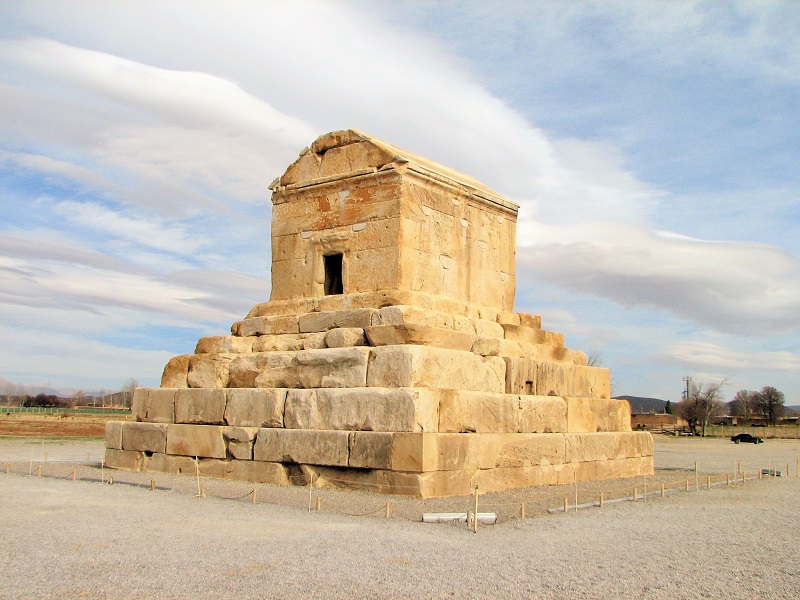
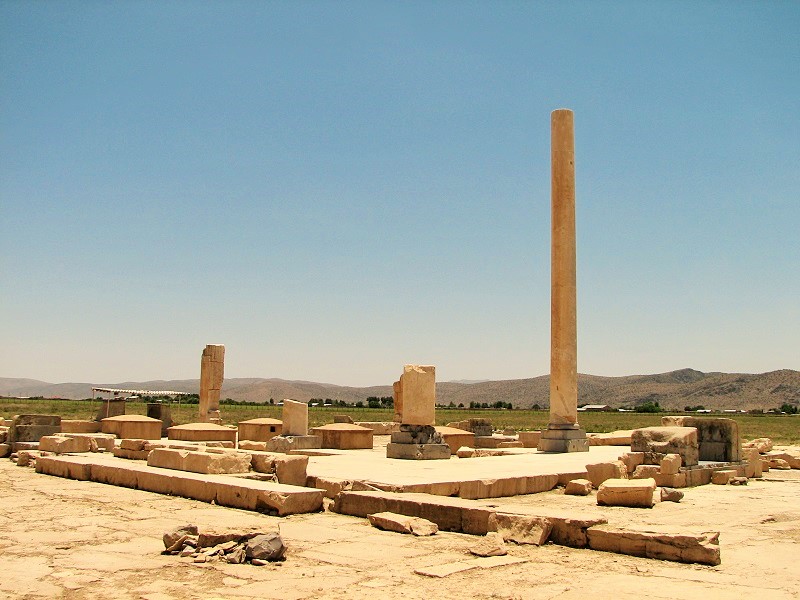
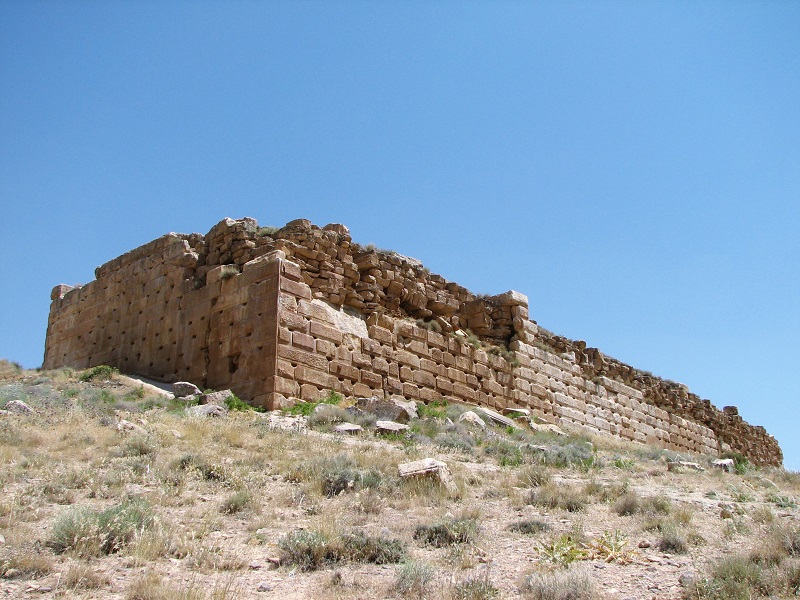
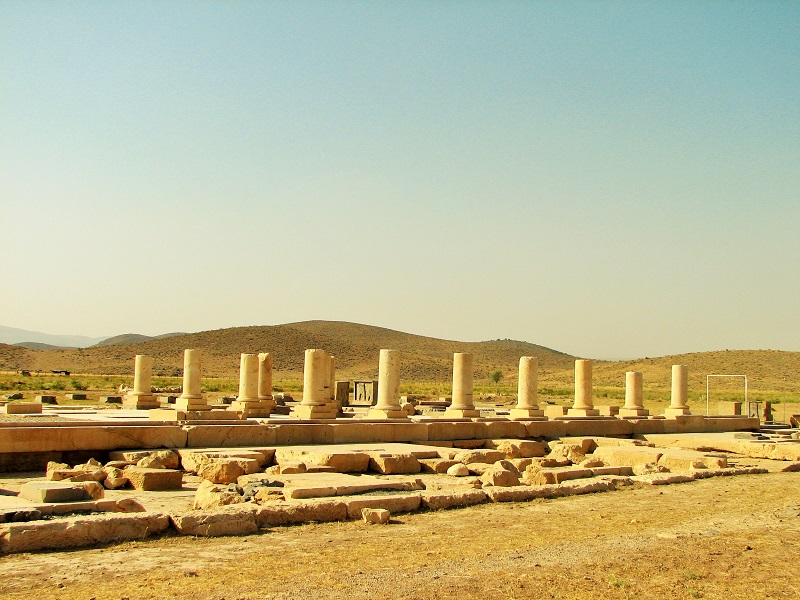






Choose blindless
Red blindless Green blindless Blue blindless Red hard to see Green hard to see Blue hard to see Monochrome Special MonochromeFont size change:
Change word spacing:
Change line height:
Change mouse type:
